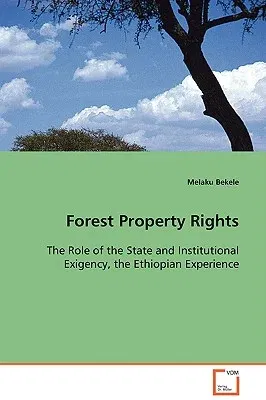Melaku Bekele
(Author)Forest Property RightsPaperback, 6 October 2008

Qty
1
Turbo
Ships in 2 - 3 days
In Stock
Free Delivery
Cash on Delivery
15 Days
Free Returns
Secure Checkout
Print Length
320 pages
Language
English
Publisher
VDM Verlag Dr. Mueller E.K.
Date Published
6 Oct 2008
ISBN-10
3639090594
ISBN-13
9783639090598
Description
Product Details
Author:
Book Format:
Paperback
Country of Origin:
US
Date Published:
6 October 2008
Dimensions:
22.86 x
15.24 x
1.7 cm
Genre:
Ecology
ISBN-10:
3639090594
ISBN-13:
9783639090598
Language:
English
Location:
Saarbrucken
Pages:
320
Publisher:
Weight:
430.91 gm

